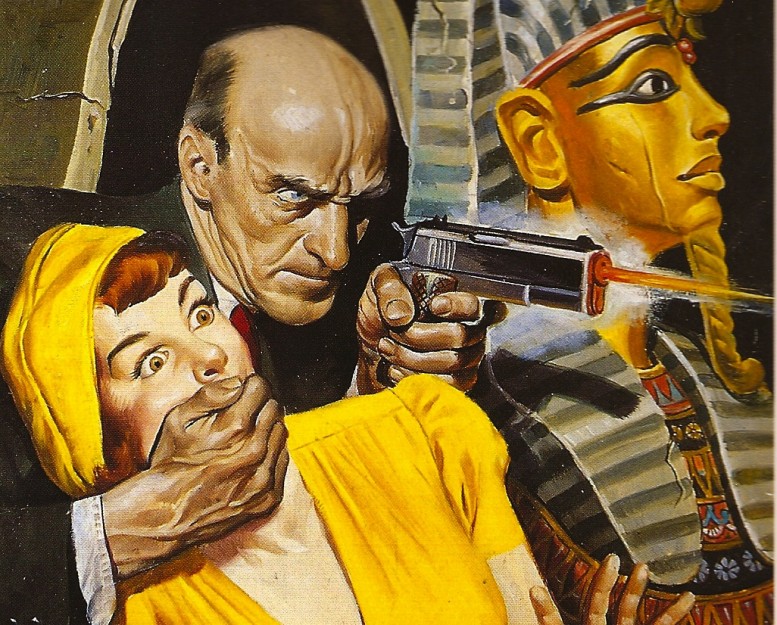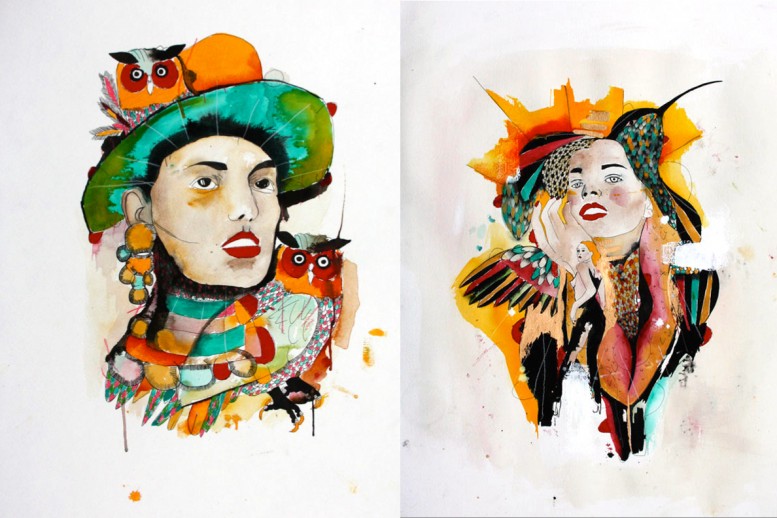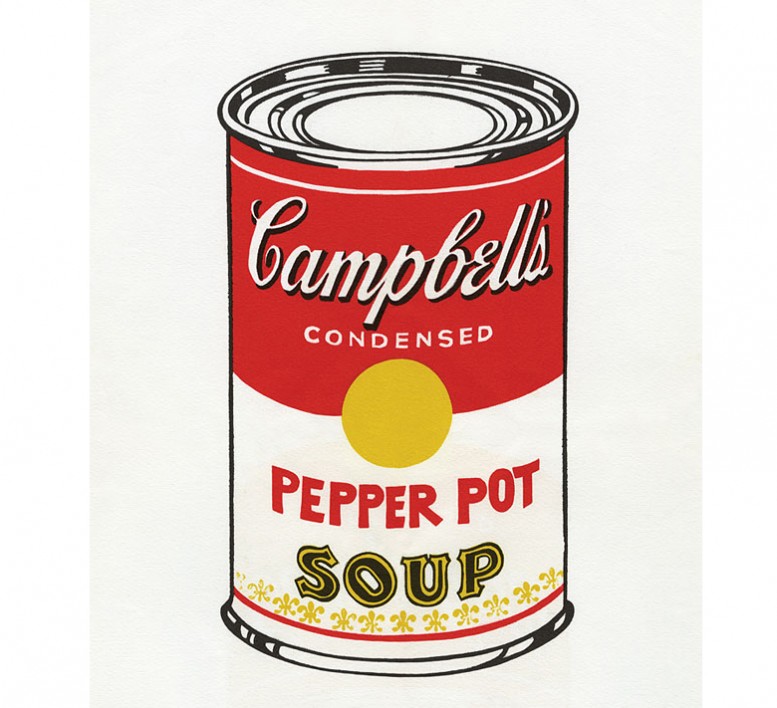LIEKO SHIGA: CANARY

Galerie Priska Pasquer in Cologne, Germany presents the 'Canary' series by Japanese artist Lieko Shiga, for which she won the 'Infinity Award (Young Photographer)' from the International Center of Photography, New York, in 2009. In 'Canary', Lieko Shiga combines personal accounts of people and local myths with her own personal memories, feelings and experiences to create fantastic, often perplexing scenarios. The works interact to form a complex, dramatic tableau that vacillates between dreams and reality. On view until July 30. www.priskapasquer.de
Artist James Georgopoulos....
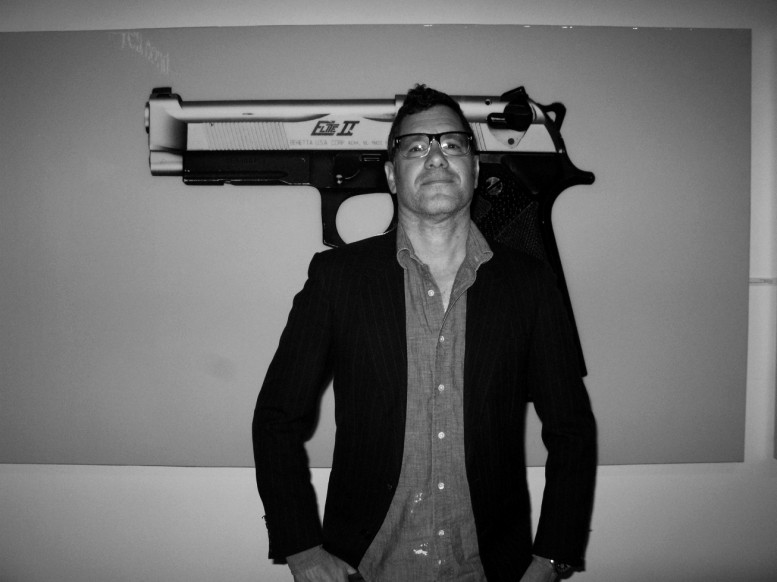

Photography by Oliver Maxwell Kupper at James Georgopoulos' solo show in Los Angeles. Check out his work in the first issue of Autre Quarterly.....
TOMOKO SAWADA: Reflection

The Rose Gallery in Los Angeles presents the surreal self portraits of Japanese artist Tomoko Sawada. For her latest series, entitled Reflection, Sawada "....tackles the issue of identity by questioning the boundary between one’s own appearance and the self-image reflected in a mirror. The dual images in each photograph are presented like twins and while they bear a striking resemblance to one another, a closer inspection reveals how different they truly are." On view until September 17. www.rosegallery.net
Magic for Beginners
 Olaf Breuning, Emmanuelle 2009
Olaf Breuning, Emmanuelle 2009
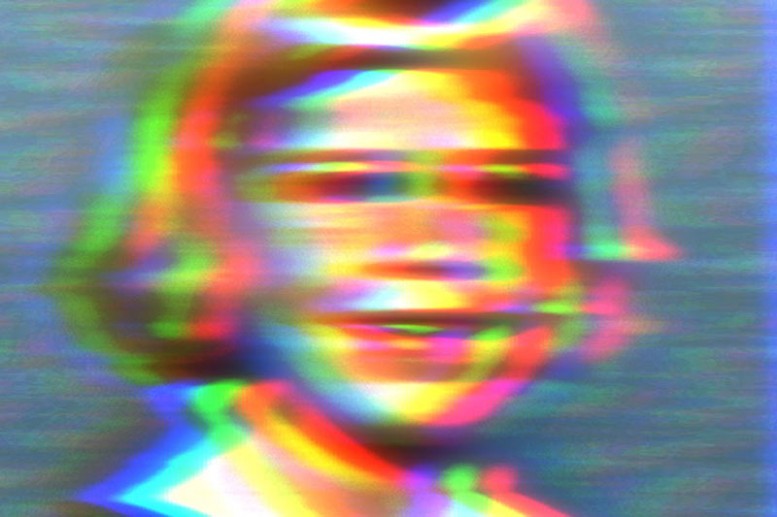 Jesse McLean, Magic For Beginners 2010, 20 min video
Jesse McLean, Magic For Beginners 2010, 20 min video
Ten artists are a part of a group show entitled Magic For Beginners at P.P.O.W. Gallery in NYC–including Bas Jan Ader and Olaf Breuning. "Their works concern themselves with an intensely personal present tense, with lives lived and documented in real time. These works are inward, solipsistic, and in some instances, similar to an occult experience or an exercise in ritualized revelation." Magic for Beginners is on view from July 28 to August 27. www.ppowgallery.com
URGENT SUBTLE CONCISE ROBUST: PAINTER LUCIAN FREUD IS DEAD
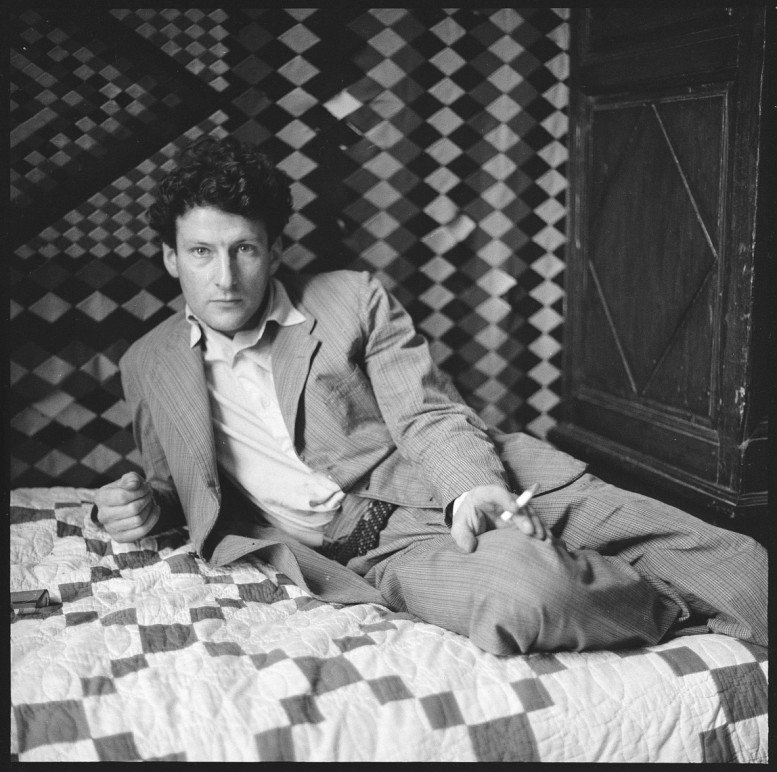 photograph by Walker Evans, 1950s
photograph by Walker Evans, 1950s
Painter Lucian Freud dies in London at 88.
Leather Skulls: Galen Pehrson
[STRANGE FUTURE] Numerically Controlled Posters
Matt W. Moore, the brain behind MWM Graphics–a design and illustration studio based in Portland, Maine–just released his numerically controlled poster series; a collaboration between engineer Aaron Panone, Paper Fortress Films, and MWM Graphics. Aaron Panone, who engineered the jig explains, "Vector graphics are converted into a tool path and then a machine language which controls a 3-axis CNC Machine retrofitted with a special fixture that holds a marker [a sharpie] and mimics hand pressure during the act of drawing. Thirty-three mechanical drawings in three designs were produced using this process." Each drawing comes with one of the Sharpies used.
www.mwmgraphics.com
R.I.P. ALEX STEINWEISS - Inventor of the Graphic Album Cover
Pulp Art: The Robert Lesser Collection
Robert Lesser began collecting pulp paintings, comic books, and comic-character toys in the 1950s. As a student at the University of Chicago, Lesser’s literature studies combined with his fascination with popular culture kindled his interest in studying and collecting pulp art and comic memorabilia....In 1975 he wrote A Celebration of Comic Art and Memorabilia, an informational collectors guide; in 1997 he published Pulp Art: Original Cover Paintings for the Great American Pulp Magazines, a full-color collection of pulp paintings and history that includes expert interpretation. The style of artwork created for pulp magazines is often compared to Norman Rockwell’s cover designs for the “Saturday Evening Post,” but the character of the paintings was quite disparate from Rockwell’s jovial depictions of everyday life. Pulp Art flaunted unsettling images of violence, racism, sex, and crime. The publishing houses that produced pulp fiction such as Popular Publications, Street & Smith, Condé Nast, and Frank A. Munsey Company destroyed much of the artwork produced for the magazines after printing. The images weren’t suitable for display in homes or museums so artists and auctioneers deemed them worthless. Tens of thousands of pulp paintings were created, out of which only a small number survive today.The 90 works on display at the Museum of American Illustration are now a part of the collection of the New Britain Museum of American Art, promised gift of Robert Lesser. Now on view until July 31. www.societyillustrators.com
Gaga + Araki
Marc Brandenburg: Drawings
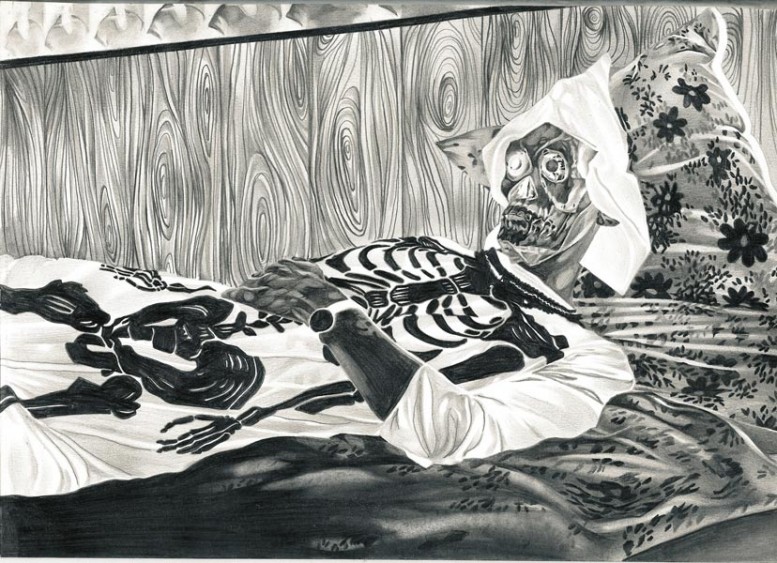

Berlin-based artist Marc Brandenburg (born 1965) has recently emerged as one of the best-known draftsmen of his generation. Influenced by the pop and punk culture of the 1960s and 80s, Brandenburg’s graphite drawings document Berlin’s subversive nightlife, portraits of friends or extremely zoomed-in details of banal, ordinary objects. Brandenburg is fascinated by the velocity and movement in the scene images of today, but also the simplicity and beauty of a laconic Christmas ball, for example, or a fairground carousel. He deliberately makes use of these fast images only to freeze them, in black and white, by means of a lengthy, obsessive drawing process. Brandenburg draws from his own photos and images from magazines, which he distorts using a photocopier, converts to negative images with the computer and then traces. These reversals have a stunning effect: portraits or images distorted to the point of abstraction take on an intensity and sharpness that alienates the subject while lending them a ruthless precision at the same time. Nevertheless, Brandenburg does not believe in the power of the ultimate, singular image – instead he often hangs his drawings close together in a manner that resembles film sequences. According to Brandenburg, it is through this series of images that a dialogue emerges between the individual pictures: “It’s about what cannot be depicted; it’s about the aura, the spaces in between.” Marc Brandenburg: Drawings is now on view at the Kunsthalle in Hamburg, Germany until October 9. www.hamburger-kunsthalle.com
Polka Dots Are a Way to Infinity: Yayoi Kusama
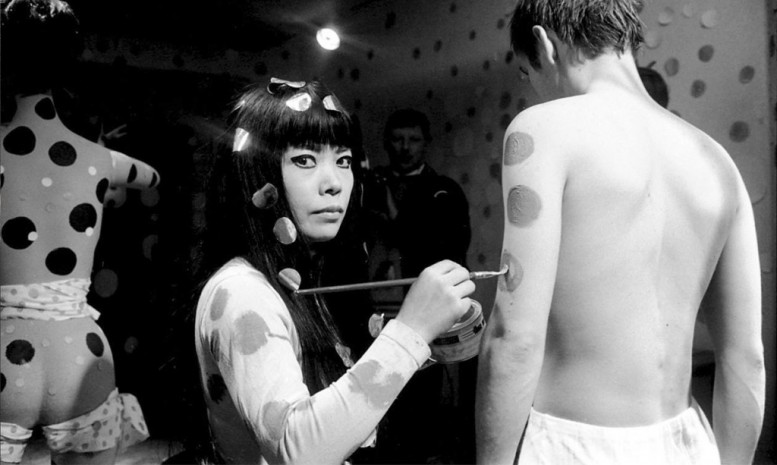
In the next year we'll be hearing a lot about Yayoi Kusama. The Japanese artist Yayoi Kusama, who Yoko Ono sites as an influence, was born in Japan in 1929 and at the age of ten started to paint her infamous polka-dots and net motifs. In a Yayoi Kusama universe things would look like what the world would look like if an obsessive compulsive God on a mushroom trip created it. Yayoi Kusama says about polk-dots: "...a polka-dot has the form of the sun, which is a symbol of the energy of the whole world and our living life, and also the form of the moon, which is calm. Round, soft, colorful, senseless and unknowing. Polka-dots become movement... Polka dots are a way to infinity." Kusama has also published many books including Manhattan Suicide Addict - a photographic and typographic treatise on the isolation of exile through the pure formation of art. On view now at the Museo Nacional Centro de Arte Reina Sofía in Madrid many of Yayoi Kusama's most personal works on view until September. The exhibition will then move to the Centre Pompidou in París, then to the Tate in London, and finally to the Whitney in New York. www.museoreinasofia.es
Text by Oliver Maxwell Kupper for Pas Un Autre
MATTHEW STONE / RULES FOREVER (PART II)
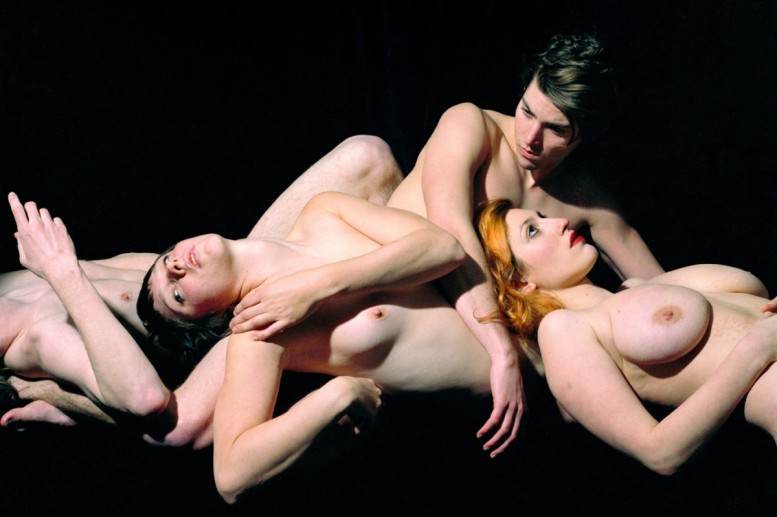
In Stone's last exhibition at Union Gallery Forever Rules (Part I), Stone presented a single sculpture in the center of the gallery and 3 photo-collage works on wood. The sculpture and also main focus of the exhibition was an oak and birch floor-based sculpture, a structure entirely hand built by the artist, titled “Forever Rules”. The sculpture was formed in part by an open sided, oak dodecahedron, its pentagonal facets creating a complex, net-like form. In Plato's divine geometry, the dodecahedron is described as a perfect solid. Historically it has been attached to the concept of a fifth element, namely Ether (Aether) or Universe. It has represented the perfect mediation of the infinite and the finite, the sphere and the cube. For his second part exhibition Rules Forever (Part II), Stone will continue honoring Plato and will present a much larger sculptural element comprising four oak structures, but instead of a large photographic nude, cut into hundreds of wooden squares that passes through the structure, as in the show before, the artist has decided to cluster the structure with photographic collages, printed directly onto birch plywood. These digitally collaged configurations of torso and limb, show bodies intertwined and connected. Unmistakable as Stone's work, the gestures and classical poses of his languorous figures are intersected by areas of new color, cut, if only to reconnect, along unnatural, directional and geometric bias. On view until July 30 at the Union Gallery in the UK. www.union-gallery.com
Autre

The first issue of Autre Quarterly is here.
[BOOKS] Rebels in Paradise
"Los Angeles, 1960: There was no modern art museum and there were few galleries, which is exactly what a number of daring young artists liked about it, among them Ed Ruscha, David Hockney, Robert Irwin, Bruce Nauman, Judy Chicago and John Baldessari. Freedom from an established way of seeing, making, and marketing art fueled their creativity, which in turn inspired the city. Today Los Angeles has four museums dedicated to contemporary art, around one hundred galleries, and thousands of artists. Here, at last, is the book that tells the saga of how the scene came into being, why a prevailing Los Angeles permissiveness, 1960s-style, spawned countless innovations, including Andy Warhol's first exhibition, Marcel Duchamp's first retrospective, Frank Gehry's mind-bending architecture, Rudi Gernreich's topless bathing suit, Dennis Hopper's Easy Rider, even the Beach Boys, the Byrds, the Doors, and other purveyors of a California style. In the 1960s, Los Angeles was the epicenter of cool." You can purchase the book here.
Liu Bolin: Invisible Man
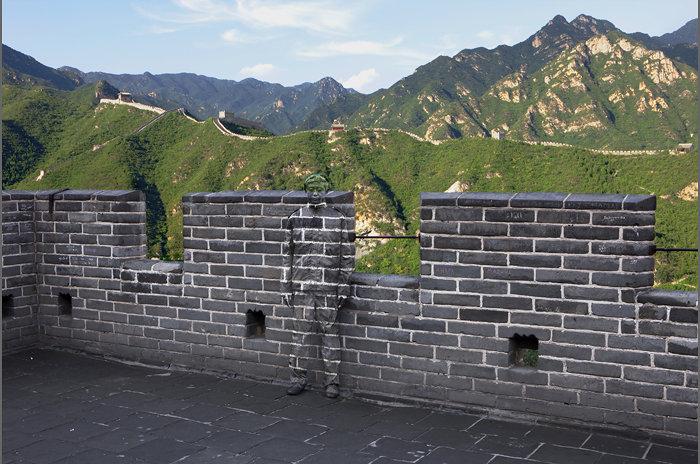
Fotografiska presents the first exhibition of Chinese artist Liu Bolin in Scandinavia. Liu Bolin is renown for his series of images entitled Hiding in the City. What makes these images unique is that Liu Bolin literally paints himself into each scene. His body resembles “camouflage”, thereby making Liu Bolin both present and absent in each photograph. These cleverly orchestrated images have earned him the name, the invisible man. However, the story of how these images came about is less than lighthearted. More....
[ART] Tasya Van Ree
HENNESSY X KAWS




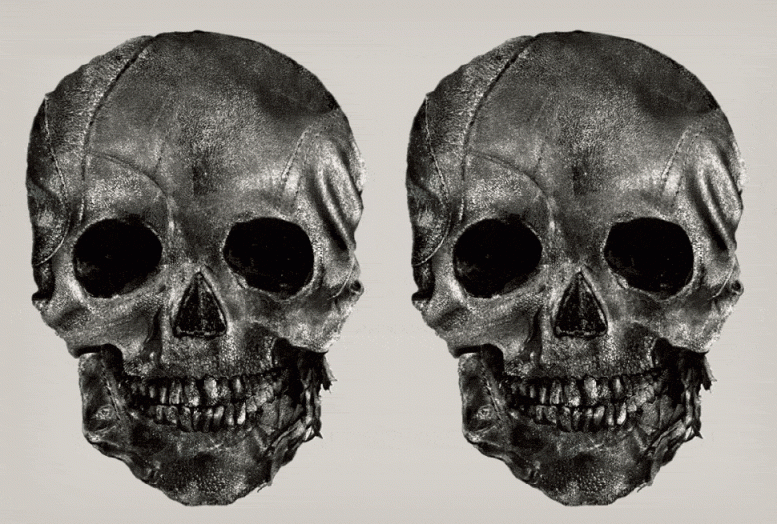
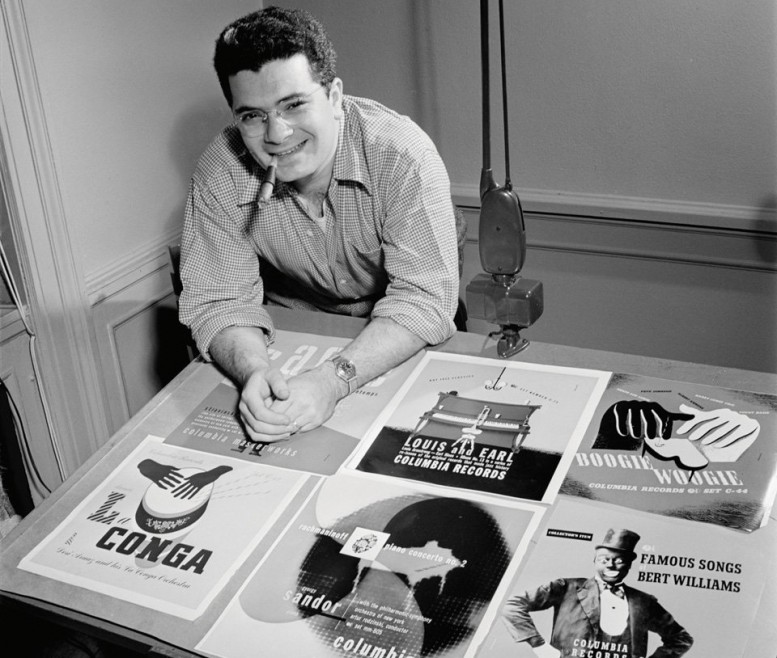 [
[